Table of Contents
The May garden bursts into life with vibrant colors, lush foliage, and the sweet scent of blooms. It’s a month of promise and plenty, offering ample opportunities for both seasoned gardeners and novices to immerse themselves in the beauty of nature. Whether you have a sprawling backyard or a cozy balcony garden, there are tasks aplenty to ensure your outdoor space thrives throughout the season. Here’s a comprehensive guide to the essential garden jobs to be completed in May.
Planting and Sowing

May heralds the perfect time to plant out tender vegetables and flowers. Ensure all risk of frost has passed before transplanting tomatoes, peppers, cucumbers, and other warm-season crops into the garden. Direct sow seeds of annual flowers like cosmos, zinnias, and marigolds for a riot of summer color. Don’t forget to plant out summer bulbs like dahlias and gladioli for a stunning display later in the season.
New Potato Maintenance

With May in full swing, gardeners everywhere are busy planting Earth potatoes in anticipation of a bountiful harvest. As the seed potatoes begin to sprout and grow, gardeners must ensure they receive adequate sunlight and water to thrive. One key task when planting Earth potatoes is the careful maintenance of soil moisture levels. Too much water can lead to rotting, while too little can hinder growth. Additionally, regularly hilling up the soil around the plants 15cms recommended high, helps support healthy root development and encourages higher yields come harvest time.
These simple but crucial steps ensure that your Potatoes will flourish throughout the growing season, providing you with a tasty crop for months to come.
Strawberry Essential Care
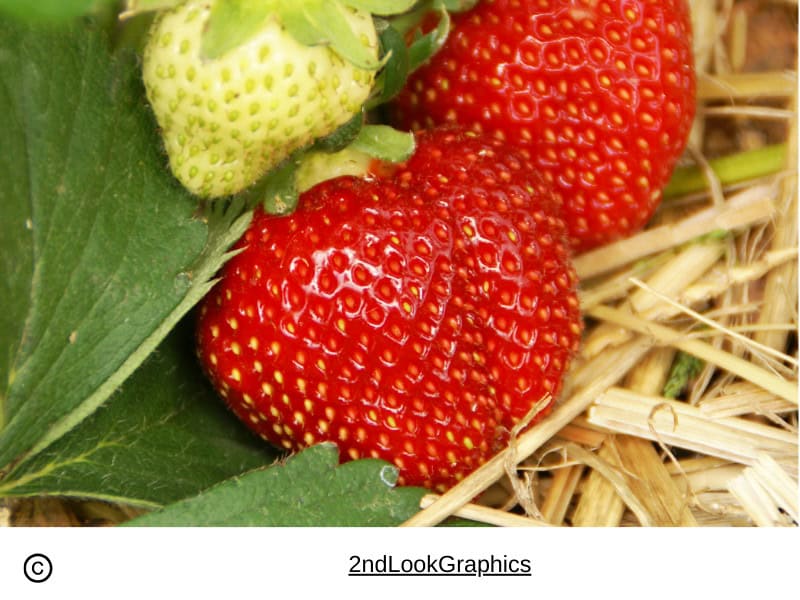
As the month of May rolls around, it’s time to give your strawberry young plants some essential care to ensure a bountiful harvest. Begin by removing any weeds that may be competing with your strawberries for nutrients and sunlight. Clearing the area around the plants and adding straw underneath to keep the fruit off the soil.
Check for any signs of disease or pest infestation on your strawberry plants. Early detection is key to preventing major issues, so it’s important to inspect your plants regularly. Consider applying a natural pesticide or fungicide if necessary to protect your crop.
Finally, make sure to water your strawberry plants consistently, especially during dry spells. Proper watering but not recommended not from overhead to reduce problems with mildew, will help the fruit develop fully and have excellent taste. By giving your strawberries the essential care they need this month, you’ll set yourself up for a successful harvest later in the season.
Weeding and Mulching
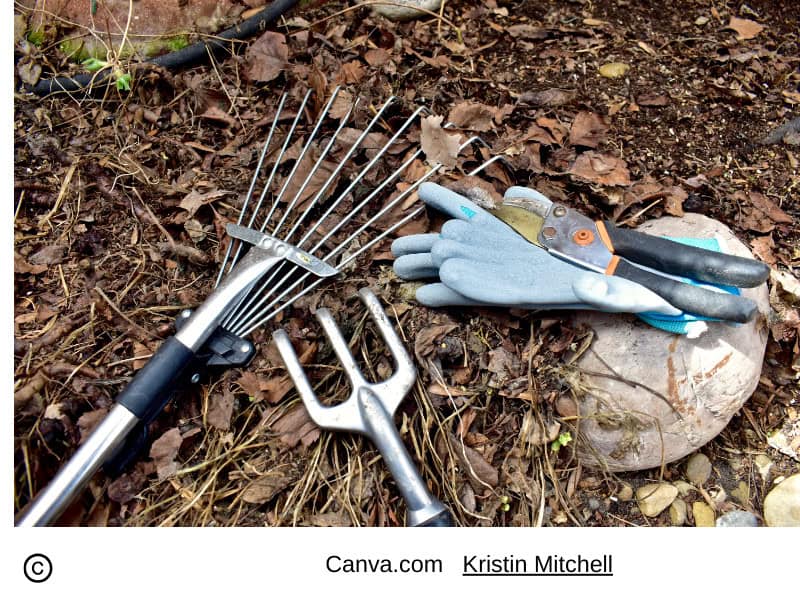
With the warmer weather comes a surge in weed growth. Spend time each week tackling weed control before they have a chance to take over your new plants and garden beds. Organic mulches around plants not only helps to suppress weed growth but also conserves moisture and regulates soil temperature. By opting for organic matter or mulches like compost, straw, or wood chips will nourish the soil as they break down.
Watering
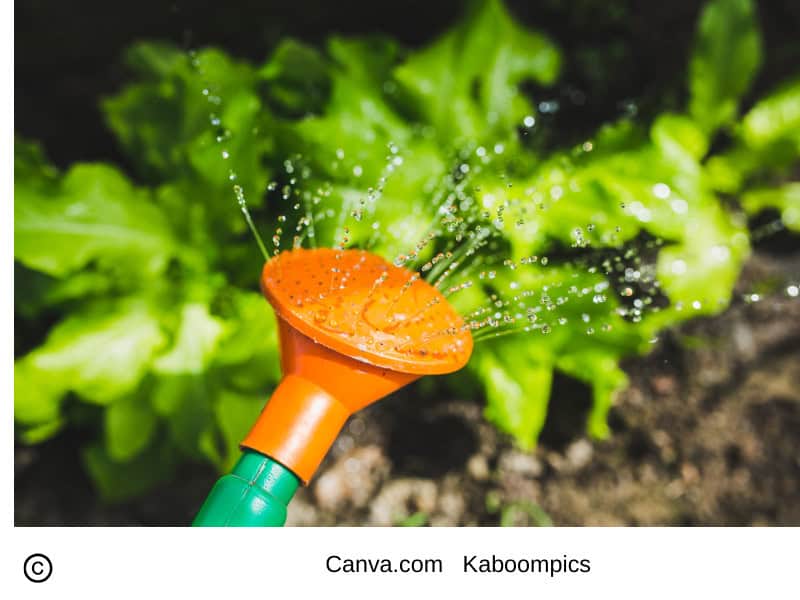
As temperatures rise, it’s crucial to keep your garden adequately watered. Check moisture levels regularly and water deeply as needed, ensuring the water reaches the roots of plants. Early morning is the best time to water, allowing plants to absorb moisture before the heat of the day sets in. Consider installing a drip irrigation system or soaker hoses to ensure efficient water delivery, especially for larger gardens.
Pruning and Deadheading
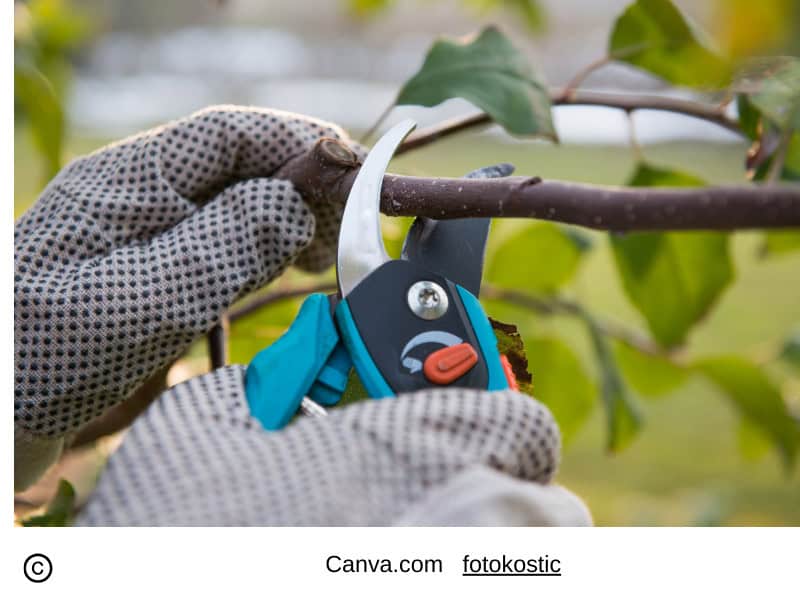
Regular deadheading encourages continuous blooming in flowering plants and keeps your garden looking tidy. Remove spent flowers from annuals, perennials, and roses to promote new growth. Prune spring-flowering shrubs like lilacs and forsythia once they finish blooming, shaping them as needed and removing any dead or diseased branches.
Pest and Disease Management

Keep a close eye on your plants for signs of pests and diseases, taking swift action to prevent outbreaks. Inspect the undersides of leaves for aphids, caterpillars, and other common garden pests, and remove them by hand or use organic pest control methods if necessary. Practice good garden hygiene by promptly removing any diseased plant material to prevent the spread of pathogens.
Feeding and Fertilizing
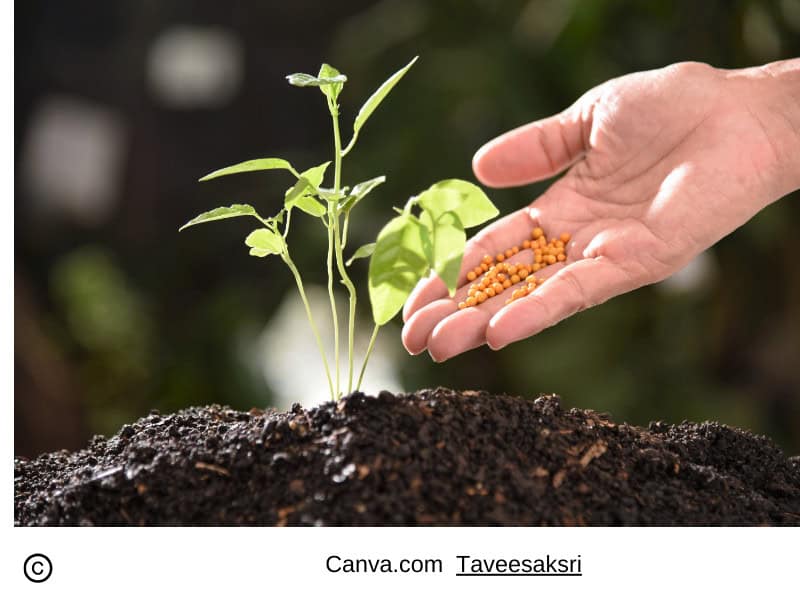
Give your plants a boost with a balanced organic fertilizer to promote healthy growth and abundant blooms. Apply fertilizer according to the specific needs of each plant, following package instructions for dosage and frequency. Consider incorporating compost into your soil to enrich its fertility naturally and sustainably.
Cleaning
During certain parts of the year, the leaves will start coming off your trees, shrubs, and other plants. This is a natural part of their life cycle, and you’ll already know they need some maintenance with this. Then there’s cleaning up the leaves when this happens. If left unchecked, these can build up quite a bit. With the right leaf blowers, you can clean this up easier than you’d think.
Planning and Maintenance

Take some time this month to evaluate your garden layout and make any necessary adjustments. Consider the overall design, plant combinations, and areas that may benefit from additional features such as paths, seating areas, or water features. Take note of any gaps in planting and plan to fill them with suitable varieties to ensure year-round interest.
Support or Netting Cover
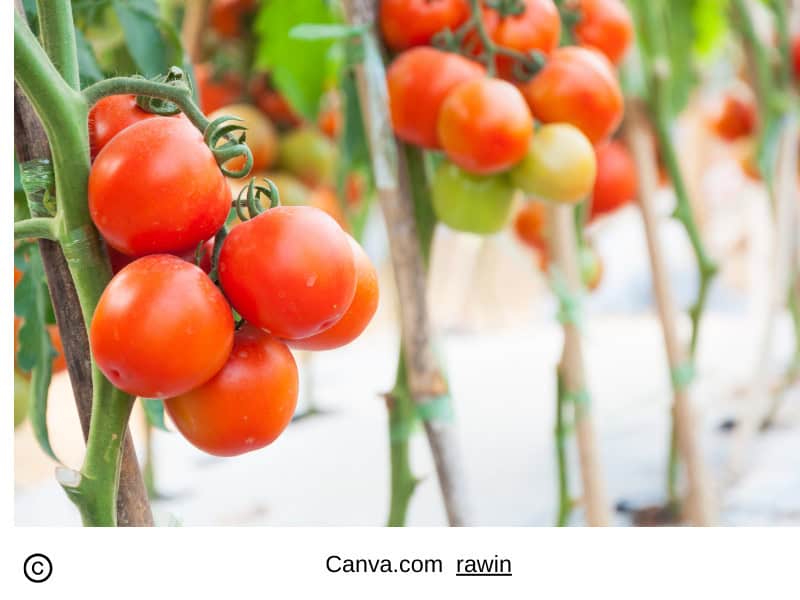
One important essential task in the garden is providing adequate support for growing plants. From tall tomato plants to delicate pea vines, ensuring they have proper support can make a significant difference in their growth and productivity. Using stakes, trellises, or cages can help prevent plants from toppling over or becoming damaged as they reach new heights.
Another important aspect of plant care in May is the use of net coverings to protect crops from pests and harsh weather conditions. Net coverings can serve as a barrier against insects while still allowing sunlight and water to reach the plants. By employing this method, gardeners can safeguard their crops and maximize yields without relying on harmful chemical pesticides.
Conclusion
With its longer days and warmer temperatures, May is a time of frantic activity in the garden. By staying on top of essential tasks like planting, weeding, watering, and pruning, you can ensure your outdoor space remains a vibrant and inviting haven throughout the season. Embrace the joys of gardening this May and watch as your efforts are rewarded with a bountiful harvest. Happy gardening!



